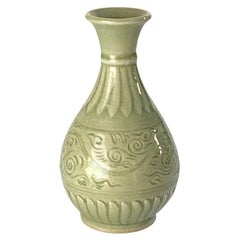Items Similar to A Molded Longquan Celadon 'Fu Shou' Ewer, Ming Dynasty
Want more images or videos?
Request additional images or videos from the seller
1 of 10
A Molded Longquan Celadon 'Fu Shou' Ewer, Ming Dynasty
$1,995
$3,99050% Off
£1,507.97
£3,015.9550% Off
€1,732.93
€3,465.8650% Off
CA$2,778.03
CA$5,556.0550% Off
A$3,090.44
A$6,180.8850% Off
CHF 1,620.05
CHF 3,240.0950% Off
MX$37,764.41
MX$75,528.8350% Off
NOK 20,629.28
NOK 41,258.5550% Off
SEK 19,419.61
SEK 38,839.2250% Off
DKK 12,935.66
DKK 25,871.3150% Off
Shipping
Retrieving quote...The 1stDibs Promise:
Authenticity Guarantee,
Money-Back Guarantee,
24-Hour Cancellation
About the Item
One side of the vase showcases a panel with the Shou character at its center, symbolizing longevity, while the opposite side displays the Fu character, signifying luck. The neck of the vase is adorned with leaves. There are similar types and decoration but varying in shape, resembling a pear, all from the same era and crafted in celadon, often referred to as 'fu shou' vases.
Period: Yuan-Ming Dynasty (1271-1644)
Region: Longquan, China
Medium: Celadon
Type: Ewer
Provenance : Acquired in late 1990s from Hongkong
Reference
1) British Museum - Museum number 1931,1118.5
(Type : Closely related)
2) Christies NEW YORK 24–25 MAR 2022 - Important Chinese Ceramics and Works of Art - Lot 1105
(Price realised : 9,450 USD / Type : Related)
3) Sotheby's New York 19 March 2024 - Chinese Art - Lot 172
(Price range : 15,000 USD - 20,000 USD / Type : Related)
* Ming Dynasty Longquan Celadon
Longquan celadon from the Ming Dynasty typically exhibits a more robust and heavier stoneware body compared to its Song Dynasty predecessors. The Ming era saw an evolution in celadon glaze, achieving a wider spectrum of green hues, from olive to bluish-greens. Ming celadons often had thicker glaze applications, sometimes featuring multiple layers and even multiple firings to attain depth and richness in the glaze.
In contrast, Song Dynasty Longquan celadons are known for their more refined and thinner bodies, with a glaze palette that tends toward more subtle and more uniform green shades. The shapes of Song celadons were usually simpler, emphasizing the glaze's quality and texture.
During the Song period, there was also a greater emphasis on subtle and elegant forms, with less ornate decoration compared to the Ming pieces, which showcased more elaborate decorative motifs, including incised or moulded patterns. Song Dynasty Longquan wares were also highly prized for their thin walls and lightness, reflecting a high level of technical mastery in pottery-making.
Overall, while both dynasties produced celadons of exceptional quality, the Ming Longquan celadons are distinguished by their bolder forms and more varied glaze effects, while the Song Dynasty celadons are celebrated for their simplicity and the pure beauty of their glazes.
About the Seller
4.8
Gold Seller
Premium sellers maintaining a 4.3+ rating and 24-hour response times
Established in 1999
1stDibs seller since 2023
38 sales on 1stDibs
Typical response time: <1 hour
- ShippingRetrieving quote...Shipping from: seoul, Korea South
- Return Policy
Authenticity Guarantee
In the unlikely event there’s an issue with an item’s authenticity, contact us within 1 year for a full refund. DetailsMoney-Back Guarantee
If your item is not as described, is damaged in transit, or does not arrive, contact us within 7 days for a full refund. Details24-Hour Cancellation
You have a 24-hour grace period in which to reconsider your purchase, with no questions asked.Vetted Professional Sellers
Our world-class sellers must adhere to strict standards for service and quality, maintaining the integrity of our listings.Price-Match Guarantee
If you find that a seller listed the same item for a lower price elsewhere, we’ll match it.Trusted Global Delivery
Our best-in-class carrier network provides specialized shipping options worldwide, including custom delivery.More From This Seller
View AllYue Celadon Ewer, Late Tang-Northern Song Dynasty
Located in seoul, KR
This Yue ware celadon ewer features a gracefully rounded body that expands smoothly, complemented by a wide, flaring mouth. The translucent olive-green glaze envelops the surface, en...
Category
Antique 15th Century and Earlier Hong Kong Tang Antiquities
Materials
Celadon
$3,150 Sale Price
30% Off
Celadon Ewer with Straight Handle, Tang to Northern Song Dynasty
Located in seoul, KR
Celadon-glazed ewer characterized by its simple and functional design. The piece features a straight handle extending horizontally from the body and a short spout for pouring liquids...
Category
Antique 15th Century and Earlier Hong Kong Tang Antiquities
Materials
Celadon
$2,925 Sale Price
35% Off
Rare Yue Celadon Chicken-Head Ewer, Jin-Southern Dynasty
Located in seoul, KR
Chicken-head ewers are among the most distinct and emblematic pottery pieces from the Han (206 BC ~ AD 220) to the Tang dynasties. Their production commenced during the Jin dynasty i...
Category
Antique 15th Century and Earlier Hong Kong Han Antiquities
Materials
Pottery
$6,950 Sale Price
50% Off
Rare Yue Celadon Chicken-Head Ewer, Jin-Southern Dynasty
Located in seoul, KR
Chicken-head ewers are among the most distinct and emblematic pottery pieces from the Han (206 BC - AD 220) to the Tang (618-907) dynasties. Their production commenced during the Jin...
Category
Antique 15th Century and Earlier Hong Kong Han Antiquities
Materials
Celadon, Stoneware
$7,160 Sale Price
60% Off
Rare Yue Celadon Chicken-Head Ewer, Jin-Southern Dynasty
Located in seoul, KR
Chicken-head celadon is among the most distinct and emblematic piece from the dynamic yet innovative era spanning from the Han (206 BC - AD 220) to the Tang (618-907) dynasties. Thei...
Category
Antique 15th Century and Earlier Chinese Han Antiquities
Materials
Celadon
$3,495 Sale Price
50% Off
Rare Yue Celadon-Glazed Vessel, Jin dynasty (265-420)
Located in seoul, KR
A Yue celadon vessel from the Jin Dynasty period, notable for its characteristic greenish-glazed pottery which was prominent during this time. The vessel features a globular body wit...
Category
Antique 15th Century and Earlier Hong Kong Han Antiquities
Materials
Stoneware
$2,535 Sale Price
35% Off
You May Also Like
Korean Celadon Glazed Ritual Ewer, Kundika, Goryeo Dynasty, 13th-14th Century
Located in Austin, TX
An understated and very heavily potted celadon glazed Korean ritual ewer or water sprinkler, kundinka, Goryeo Dynasty, 13th-14th century.
The unusu...
Category
Antique 15th Century and Earlier Korean Ceramics
Materials
Stoneware
Small Chinese Celadon Glazed Porcelain Kendi, Qing Dynasty, 18th Century, China
Located in Austin, TX
A darling small Chinese celadon glazed kendi, or pouring vessel, mid Qing Dynasty, 18th century, China, for the Southeast Asian market.
The diminutive kendi of typical form, with ...
Category
Antique 18th Century Chinese Qing Ceramics
Materials
Porcelain
Antique Chinese pottery green-glazed vase/[Liao Dynasty]/10th century
Located in Sammu-shi, Chiba
We are pleased to introduce a glazed ceramic vase from the Liao dynasty of China, dating from the 10th century, about 1,000 years ago.
The Liao dynasty was established by the Qidan ...
Category
Antique 15th Century and Earlier Chinese Other Vases
Materials
Pottery
Celadon Vase, in a Green Color, Ceramic, Mid-20th Century, Made in China
Located in Auribeau sur Siagne, FR
Green Celadon vase. This ceramic was made in China in the 20th century. It is small in size and has decorations in the manner of the Song period.
Category
20th Century Chinese Chinese Export Vases
Materials
Ceramic, Celadon
$431 Sale Price
20% Off
Thai Celadon Vase, Late 19th Century
Located in New York, NY
A beautiful Celadon vase from Thailand, late 19th Century.
While the golden age of Thai ceramics ended around the 15-16th Centuries, Thai artisans transmitted the craft through generations, later producing smaller numbers of pieces with different clays and glazing techniques, inspired by the original Celadon masters of Places like Si-Satchanalai or Sawankalokh.
This vase is beautifully preserved, measuring approximately 5 inches in diameter and 9.5 inches high. Its crackled finish and beautiful jade-green color...
Category
Antique 1890s Thai Other Vases
Materials
Celadon
$725 Sale Price
20% Off
Thai Celadon Vase, Early 20th Century
Located in New York, NY
A hand-made ceramic vase from Thailand, Early 20th Century.
Ribbed shape, tapered neck, classic Celadon green crackle finish.
Excellent condition for its age and use.
Category
Antique Early 1900s Thai Other Vases
Materials
Celadon
$679 Sale Price
30% Off
More Ways To Browse
Song Dynasty
Pottery Mold Glaze
Song Dynasty Furniture
Ming Green
Song Dynasty Ceramics
Ming Dynasty Glazed
Antique Celadon Vase
Antique Ming Vases
Song Dynasty Vase
Ming Dynasty Pottery
Ming Dynasty Vases
Celadon Green Vase
Green Ming Dynasty
Antique Chinese Celadon Vases
Antique British Uniforms
Pottery Ewer
Song Dynasty Celadon
Antique Celadon Pottery
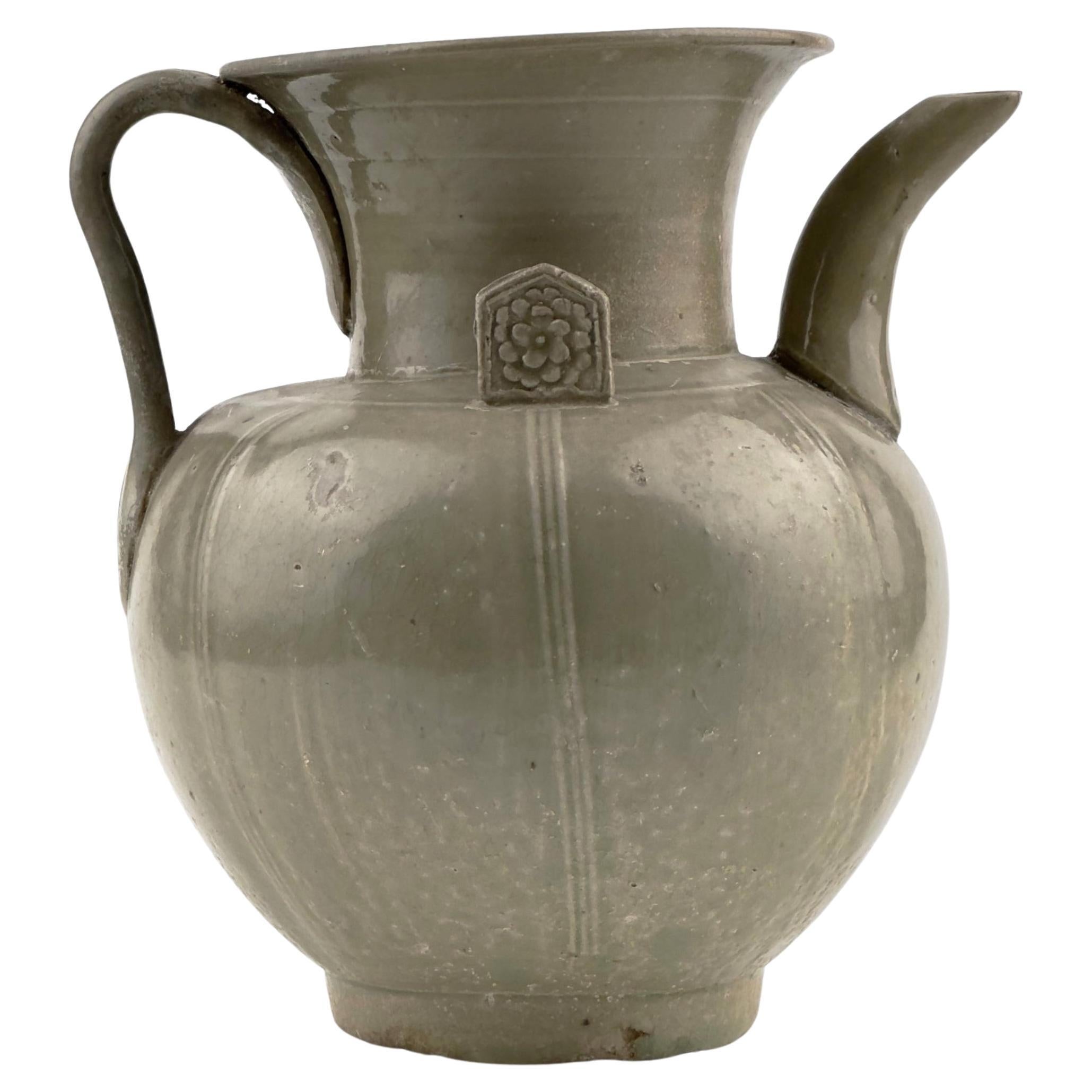
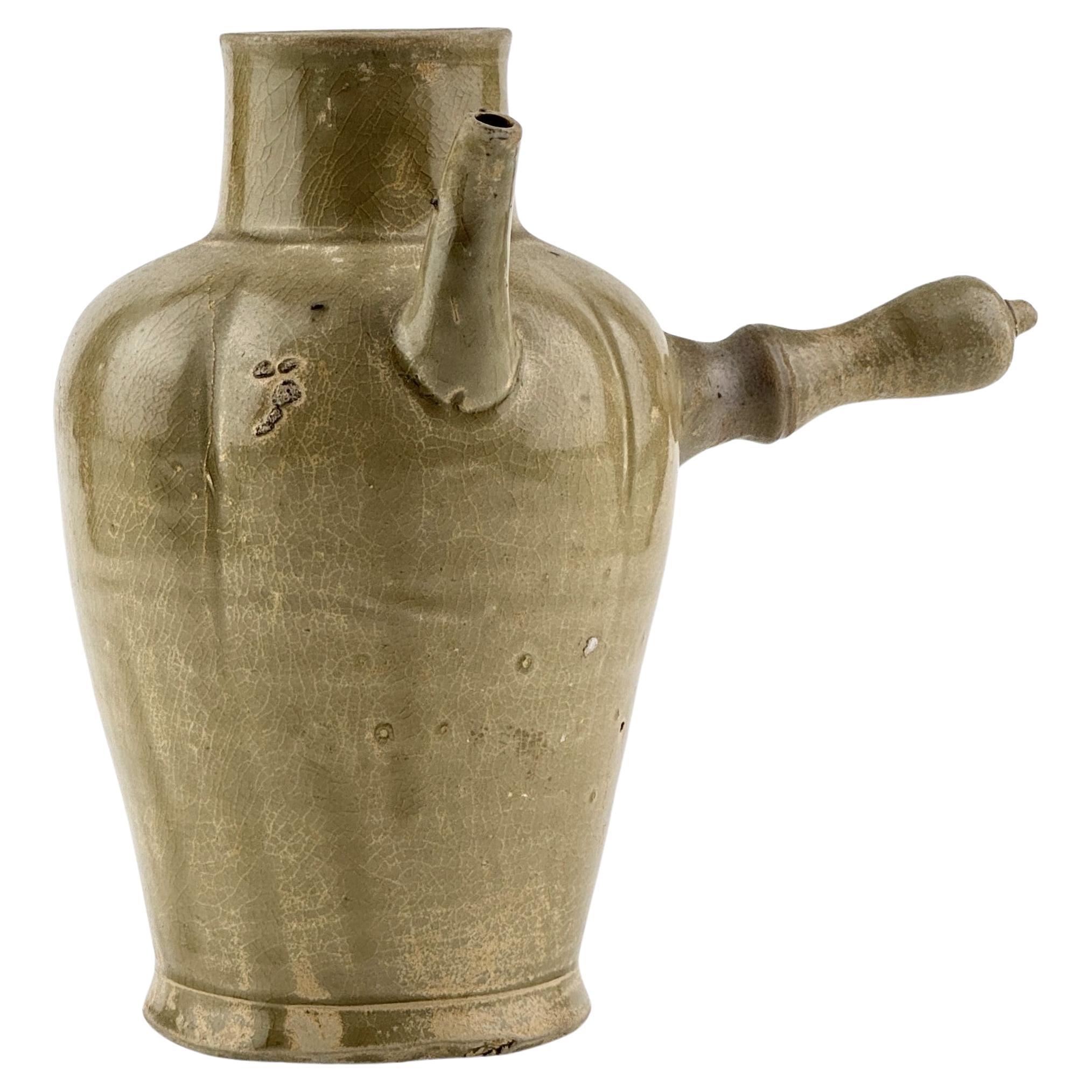
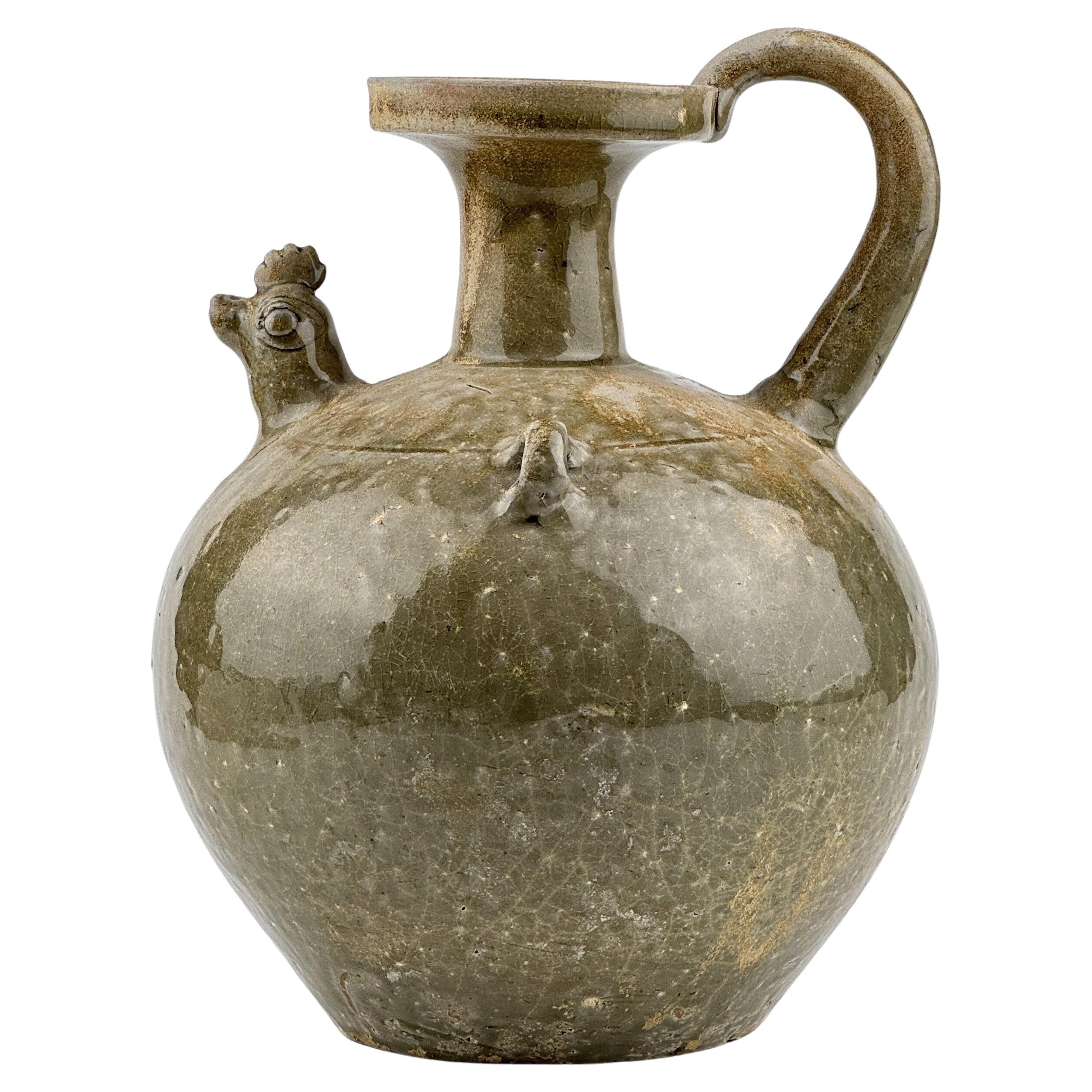
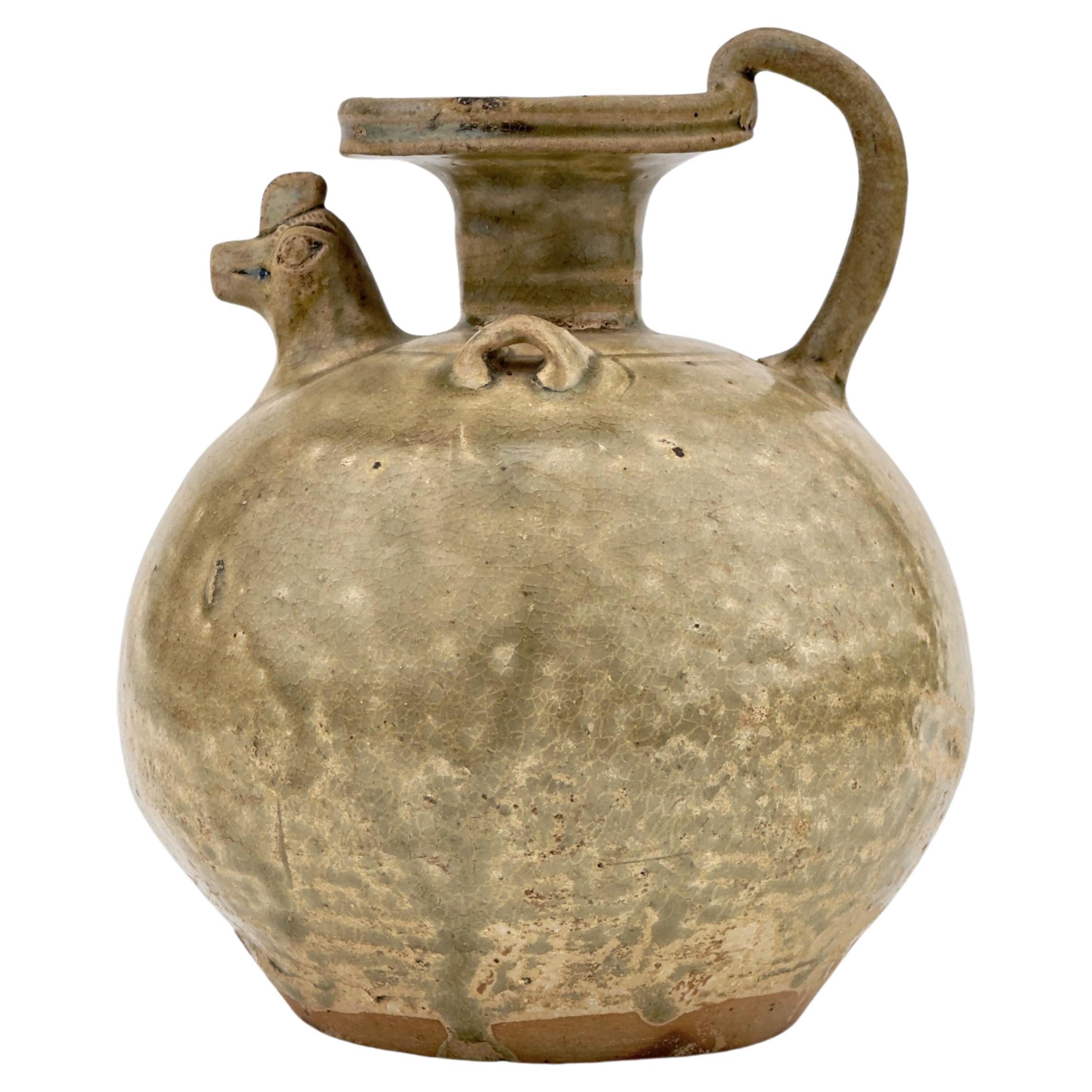
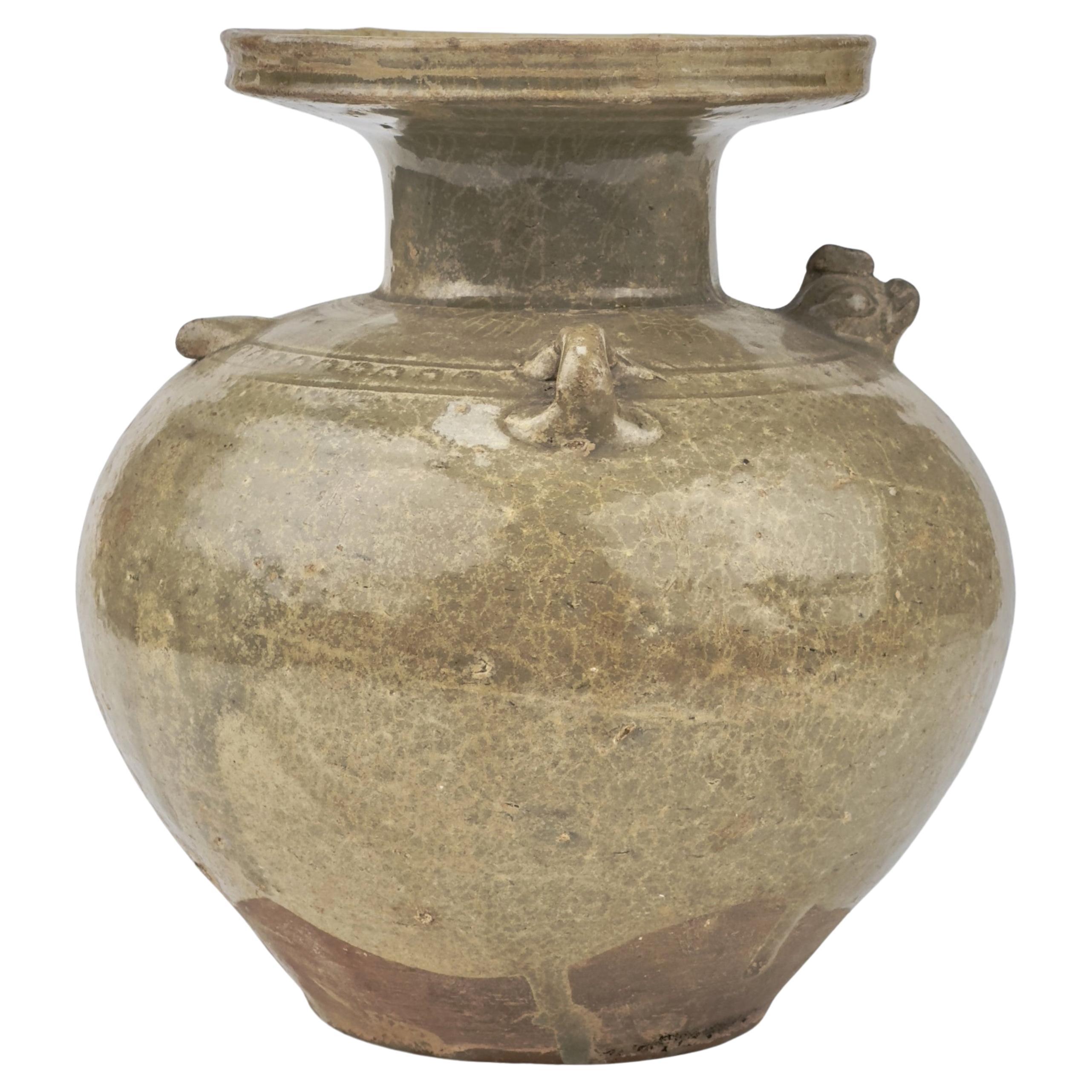
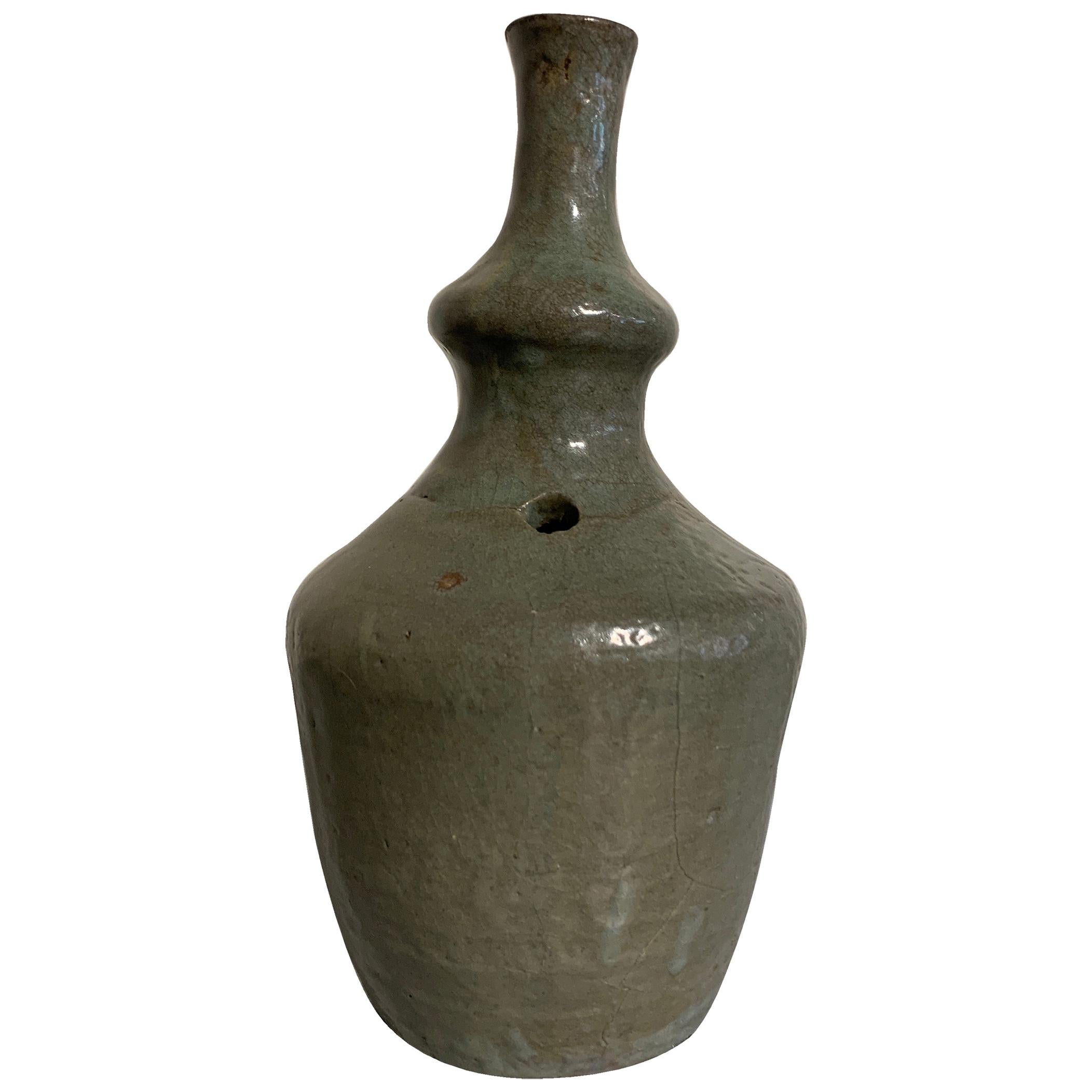
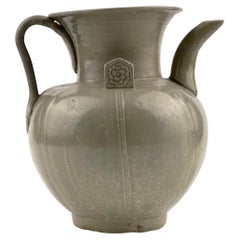
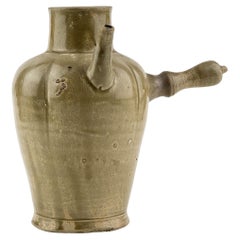
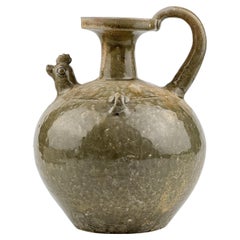
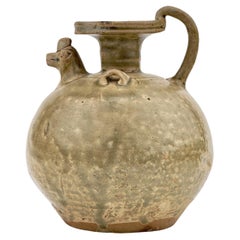
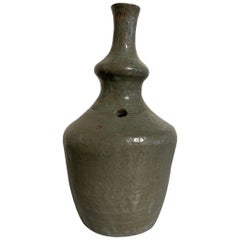
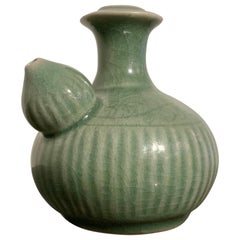
![Antique Chinese pottery green-glazed vase/[Liao Dynasty]/10th century](https://a.1stdibscdn.com/antique-chinese-pottery-green-glazed-vase-liao-dynasty-10th-century-for-sale/f_54872/f_442987721743342424199/f_44298772_1743342424463_bg_processed.jpg?width=240)
